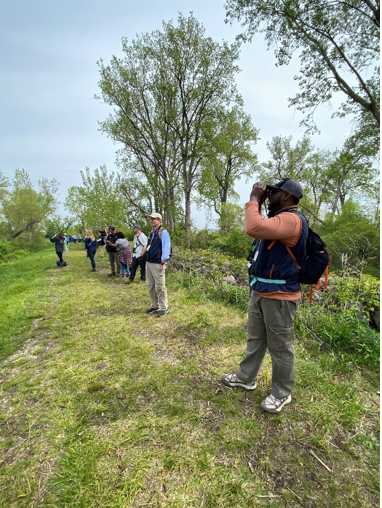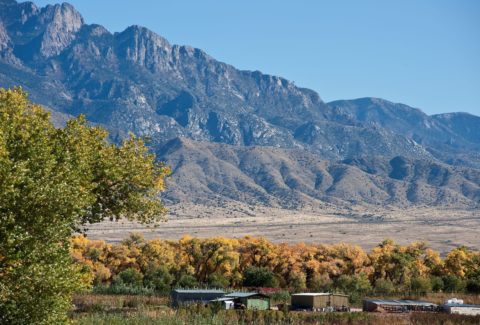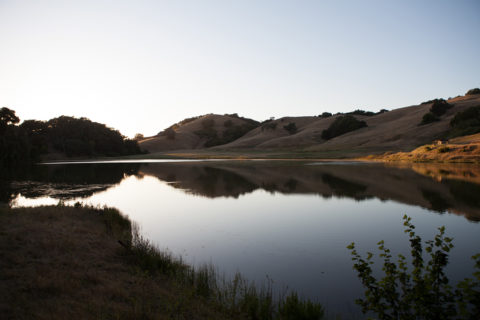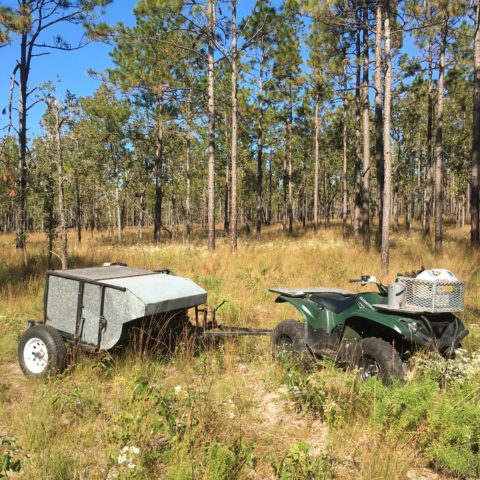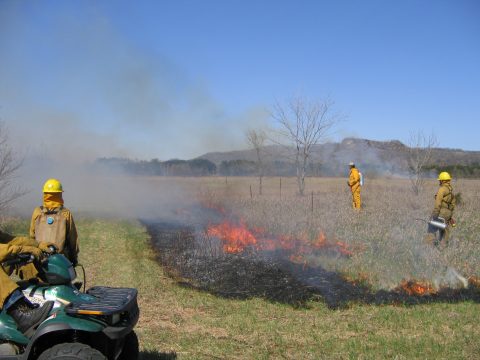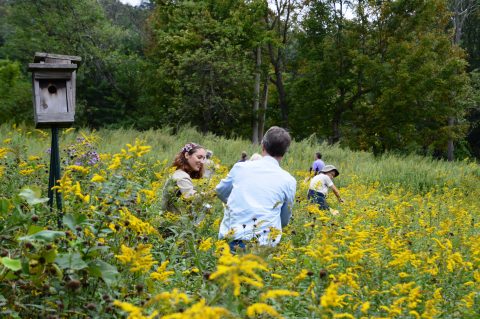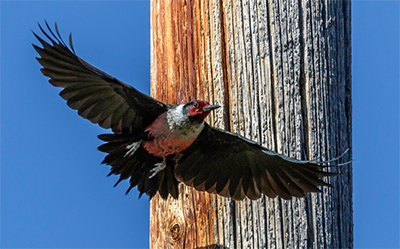2020 Small Grant Awardees
We are pleased to announce the organizations and projects selected for the fourth year of the land trust small grant program and would like to sincerely thank the March Conservation Fund for their continued support, once again enabling us to increase the number of awards and technical advice provided to land trusts across the country.
Alachua Conservation Trust (Florida) $20,000
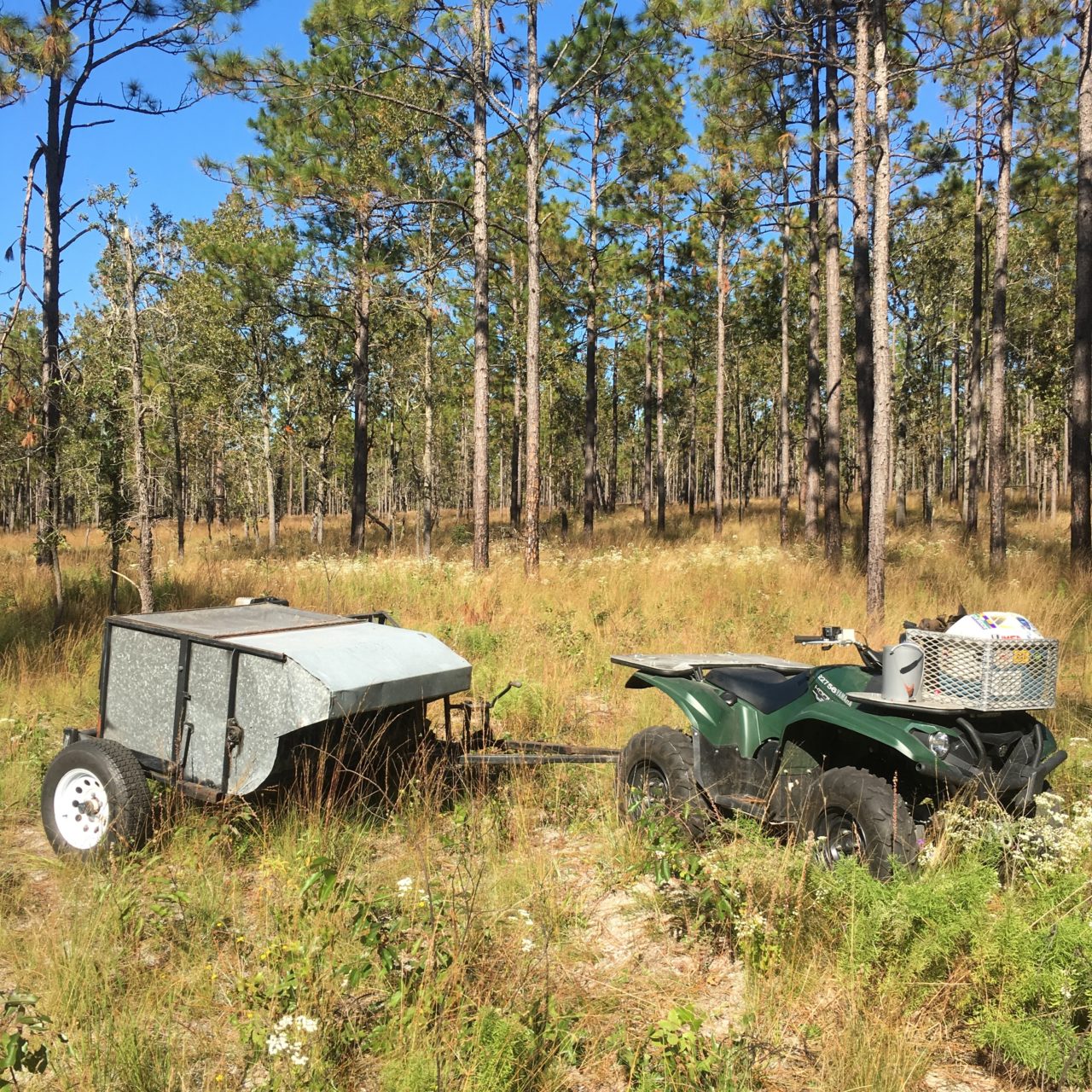
Backed by the National Fish and Wildlife Foundation’s Longleaf Stewardship Fund, Alachua Conservation Trust (ACT) is leading a multi-project regional longleaf pine habitat conservation initiative in North Florida. The North Florida Sandhills Grassland Bird Habitat Restoration Project will focus on restoring grasses and other herbaceous groundcover to 140 acres of sandhill habitat for the benefit of Florida’s 2019 State Wildlife Action Plan Species of Greatest Conservation Need, including Bachman’s Sparrow, Northern Bobwhite, state-listed Southeastern American Kestrel, Brown-headed Nuthatch, and Common Nighthawk. This project takes place within an identified Florida Strategic Habitat Conservation Area as well as supporting multiple statewide priority upland habitat objectives that seek to protect and restore threatened and endangered bird species dependent upon sandhill habitat managed with fire. ACT will work with Alachua Audubon Society to complete baseline breeding bird surveys using eBird on the proposed restoration site prior to restoration work. This will be followed by exotic plant removal and the reintroduction of seeds from native grasses and other herbaceous plants during the fall and winter of 2020. The University of Florida Audubon Student Chapter and Alachua Audubon will complete eBird outreach projects on site and at the Flatwoods Fire Festival in 2021. ACT staff will reintroduce fire to the restoration site in subsequent years to protect and promote the success of grasses and other flowering plants. “Our team is focused on bringing back fire to these grassy pine uplands. Fire is as important for flowering, seeding, and renewal in sandhills as the tides are to sustaining coastal saltmarsh” says Ivor Kincaide, ACT’s natural resource program manager.
Katie Prairie Conservancy (Texas) $20,000
The Katy Prairie Conservancy (KPC), a nationally accredited land trust, is working outside Houston to protect and restore coastal prairie. On the Katy Prairie in Harris, Ft. Bend, and Waller Counties, KPC owns nearly 13,500 acres and through conservation agreements with private landowners protects nearly 5,000 acres as well as an additional 6,005 acres in Matagorda and Jackson Counties. The Restoration of Grasslands to Sustain Wildlife Habitat, Enhance Connectivity, and Ensure a Healthy Community, a 363-acre grasslands restoration project located on the greater Katy Prairie Preserve, will help improve and create quality habitat for threatened grassland bird species and other wildlife in the Central Flyway through brush management, invasive species removal, and prescribed burns. In addition, this project will protect and improve landscape connectivity for wildlife migration, aid with regional flood control, better track baseline and monitoring data for species of concern, engage the community through educational programming and online resources, and complete research demonstrating the flood resiliency benefits restored grasslands bring to the watershed. Birding tools such as eBird and Merlin will be introduced through their Unplugged Adventure programming. “We are so grateful to the Cornell Lab for this critical funding,” says KPC President and CEO Mary Anne Piacentini. “This grant will allow KPC to act on a timely opportunity to continue restoring and enhancing strategic pieces of its preserve system and will complete a successful model for restoration and community resiliency while conserving this important natural resource for current and future generations.”
Natural Lands (Pennsylvania) $20,000
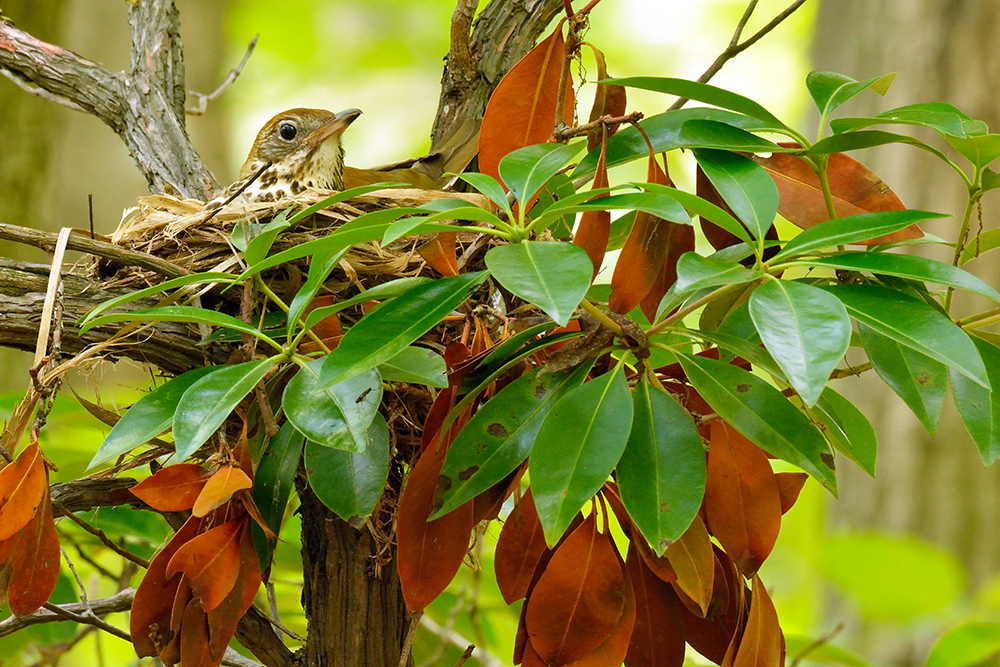
Natural Lands (NL) is partnering with Audubon Pennsylvania to determine appropriate management practices and begin implementation to improve habitat for declining Wood Thrush, Golden-winged Warbler, and Ruffed Grouse at their Bear Creek Preserve through the Habitat Enhancement for Ruffed Grouse, Golden-winged Warbler, and Wood Thrush Project. Bear Creek Preserve includes 3,565 acres of forests and stream valleys in Luzurne County, Pennsylvania. The land provides vital habitat for native wildlife, including black bear, coyote, Bald Eagle, and many species of migratory songbirds. NL’s habitat improvement work will involve a prescribed burn and other silvicultural practices such as such as overstory removal, shelterwood harvests, and group tree selection to create early successional habitat and a mixed-age forest. A monitoring program utilizing eBird will be established to track the success of the management actions by assessing bird diversity and monitoring for the presence and abundance of the target species. NL will host a workshop and share what is learned from this work with adjacent landowners and other partners in the region via a post-management webinar and continued use of the preserve as a demonstration site. “Natural Lands constantly strives to care for our preserves in a way that best supports native vegetation and wildlife, particularly at-risk species.” said Oliver Bass, President of NL. “Thanks to the funding and support from the Cornell Lab, we’ll be able to increase our management efforts and improve our stewardship practices to provide habitat for important bird species that are declining in our region.”
Southwest Michigan Land Conservancy (Michigan) $20,000
Southwest Michigan Land Conservancy (SWMLC) actively manages over 4,000 acres of diverse natural areas for ecological health, including habitat restoration for some of southwest Michigan’s most rare and threatened bird species. Grassland birds like the Henslow’s Sparrow, Eastern Meadowlark, and Bobolink are among those birds whose populations are in steepest decline throughout the Midwest, mostly due to habitat loss and fragmentation. SWMLC seeks to make the most positive possible long-term impact on these declining bird populations by understanding bird use of grassland and savanna restorations and guiding management strategies accordingly. Through the Building Capacity to Maximize Habitat Impact for Grassland and Savanna Bird Conservation Project and in partnership with the Cornell Lab, SWMLC will implement bird surveys and monitoring protocols on over 700 acres of protected SWMLC lands, and work to establish long-term monitoring capacity through volunteer outreach and training. In addition, SWMLC will conduct complementary grassland and savanna habitat management on 236 acres using prescribed burns, invasive species removal, and canopy thinning. “By establishing a series of bird surveys, not only do we understand more about bird habitat use at each preserve, but we create historic baselines that we can build on over time and compare with future surveys,” stated Mitch Lettow, SWMLC Stewardship Director. “This grant from The Cornell Lab’s Land Trust Bird Conservation Initiative will enable us, for the first time, to incorporate bird monitoring at important grassland and savanna sites to help us make sure our restorations are on target and we’re doing the most we can for the birds we all care about.”
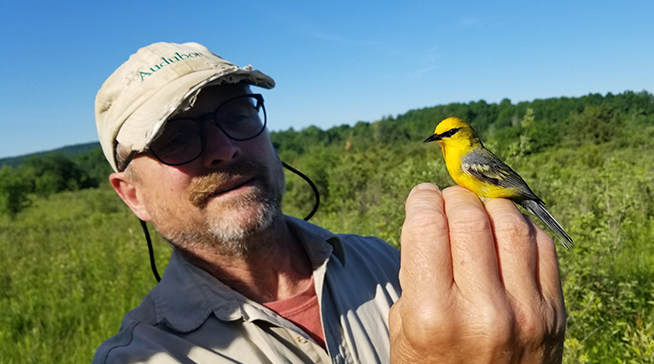
Vermont Land Trust (Vermont) $20,000
Vermont Land Trust (VLT) is partnering with Audubon Vermont (AVT) and Nordic Farms to demonstrate effective integration of bird conservation and diversified agriculture through the Integrating Avian Conservation and Diversified Agriculture in the Champlain Valley of Vermont Project. VLT is Vermont’s largest land trust, holding conservation easements on over 2,500 properties covering over 596,000 acres, including on the ~580-acre Nordic Farms. Historically a conventional dairy, Nordic Farms is now an innovative diversified farm growing produce and meat for local restaurants, grains for its onsite malting operation supplying regional breweries and distilleries, and shrimp in its aquaculture facility. It also includes abundant forest, wetland, and transitional shrubland identified by AVT as prime habitat for Golden-winged and Blue-winged warblers. VLT and AVT will enhance the ecological function of this farm through habitat improvement on over 50 shrubland acres, removing invasive species, fostering copses of native shrubs and trees, planting in riparian areas, and installing a deer exclosure to demonstrate the impact of deer herbivory. Habitat improvement plans will incorporate the establishment of a footpath to welcome local birders to use eBird. VLT and AVT will engage the local conservation community on a technical site tour while restoration work is occurring and the public at a later outreach event. VLT’s stewardship and restoration work will incorporate ongoing monitoring in addition to bird surveys by AVT, and this project will be integrated into the Western Vermont Collaborative already operating in the Champlain Valley. VLT ecologist Allaire Diamond notes that “This project supports VLT’s investment in restoring and enhancing wild places on farms, helping farmers play an active role in wildlife habitat conservation.”
Bitter Root Land Trust (Montana) $5,000
A multigenerational ranching family in Montana’s Bitterroot Valley is partnering with Bitter Root Land Trust (BRLT) and MPG Ranch through the Weber Ranch Restoration Collaborative to restore montane grassland habitats on the 467-acre Weber Ranch conservation easement. Seventy acres of retired wheat fields will be planted with a diverse community of dryland grasses and wildflowers, extending a local mosaic of ecologically important sagebrush and grassland habitats. The ranch and surrounding habitats support mule deer, elk, wintering raptors, and Montana Species of Concern such as Brewer’s Sparrow, Sage Thrasher, and Evening Grosbeak. Birds, insects, and vegetation will all be monitored in the restoration area prior to and after management, in collaboration with Bitterroot Audubon Society, Project Night Flight, Northern Rockies Research and Educational Services, and the Montana State University Extension. Wildlife observations will be reported to eBird and similar citizen science databases, and the results of all monitoring will be incorporated into BRLT’s outreach. Once complete, the project will be an example of montane grassland restoration for local landowners and regional conservation groups, and experience gained through this effort will build the partners’ capacity for future work to enhance the biodiversity and productivity of grasslands on private lands. “We’re still learning what works well here to replant diverse rangeland plant communities”, says Kyle Anderson, BRLT’s Stewardship Coordinator. “The Land Trust Bird Conservation Initiative’s support is going to enable us to plant a variety of species, including both tried-and-true dryland grasses as well as native wildflowers that haven’t commonly been planted at scale in this area. We’re excited to build our local restoration knowledge in the process of creating important bird habitat.”
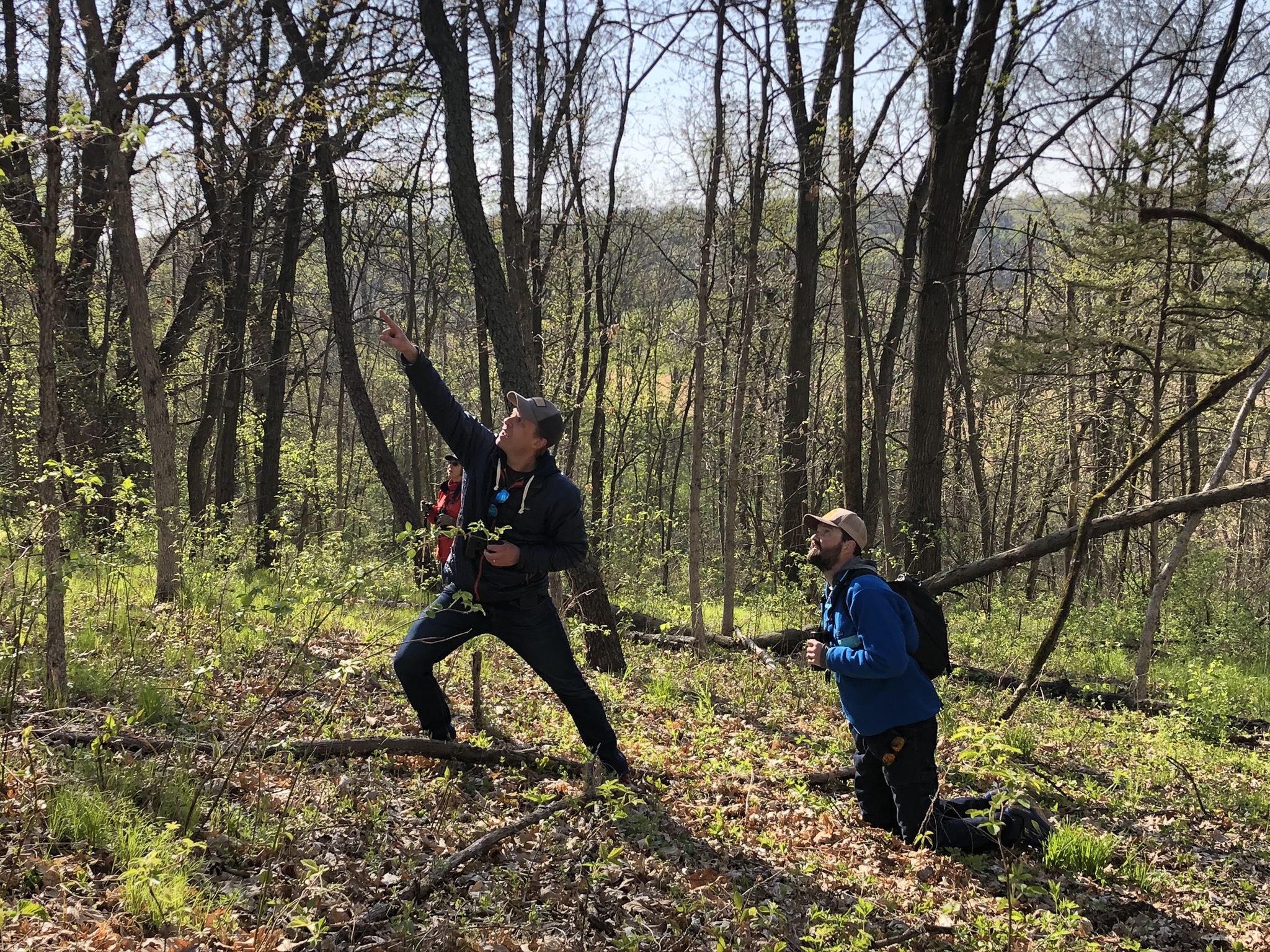
Gathering Waters (Wisconsin) $5,000
Gathering Waters: Wisconsin’s Alliance for Land Trusts, with support from American Bird Conservancy (ABC) and the Cornell Lab, will engage Wisconsin land trusts to prioritize bird conservation within their service areas and beyond, by building partnerships that can leverage significant support—scientific resources, funds—to drive landscape-scale management and protection efforts. “Land trusts have an important role to play in bird conservation efforts—through land protection, land management, partnerships with other organizations and agencies, and relationships with landowners,” says Meg Domroese, Gathering Waters’ Director of Programs and Impact. “While several Wisconsin land trusts are already prioritizing bird conservation, we are building the essential support to do this work strategically and to expand it through coordination of collaborative efforts.” Regional workshops in Wisconsin, with online and field components, will build on the work land trusts are doing for bird habitat protection and management, and connect them with eBird and other tools as well as a statewide prioritization of Important Bird Areas to inform where land trusts can have the greatest impact on long-term, landscape scale conservation. Based on the process for developing the workshops, participant feedback, and initiatives generated through this Bird Conservation Best Practices for Wisconsin Land Trusts project, ABC will develop a framework for implementation with other land trust state associations to further promote bird conservation.
Tall Timbers Research Station & Land Conservancy (Florida and Georgia) $5,000
Through the project, Filling in Gaps Between People and Birds, Tall Timbers Research Station and Land Conservancy will work collaboratively with two partner land trusts, the Alachua Conservation Trust and Conservation Florida, to fill distribution gaps of birds occupying Florida and Georgia private conservation lands using eBird and the help of local partners. Each land trust will hold an eBird training workshop in their region in conjunction with their local Audubon Society chapter. Participants will consist of private landowners and land trust staff, and will learn both birding and eBird skills from local Audubon volunteers. They will also be encouraged to take eBird training courses through the Cornell Lab. The goal is to empower landowners and land trust staff to make eBird observations on their private lands going forward. The Audubon volunteers in each area will be rewarded for their help with the workshops by getting the opportunity to take a field trip to at least one of these normally-off-limits conservation lands, enhancing the likelihood of rare species being found within these protected areas and strengthening citizen support for private land conservation. “We are excited that this project will enable us to simultaneously expand our partnerships while helping to contribute to the conservation of bird populations,” says Peter Kleinhenz, the Aucilla River Watershed Coalition Coordinator for Tall Timbers. “eBird is a fantastic and empowering tool, and we are honored to be chosen to promote its use to a wider audience.”
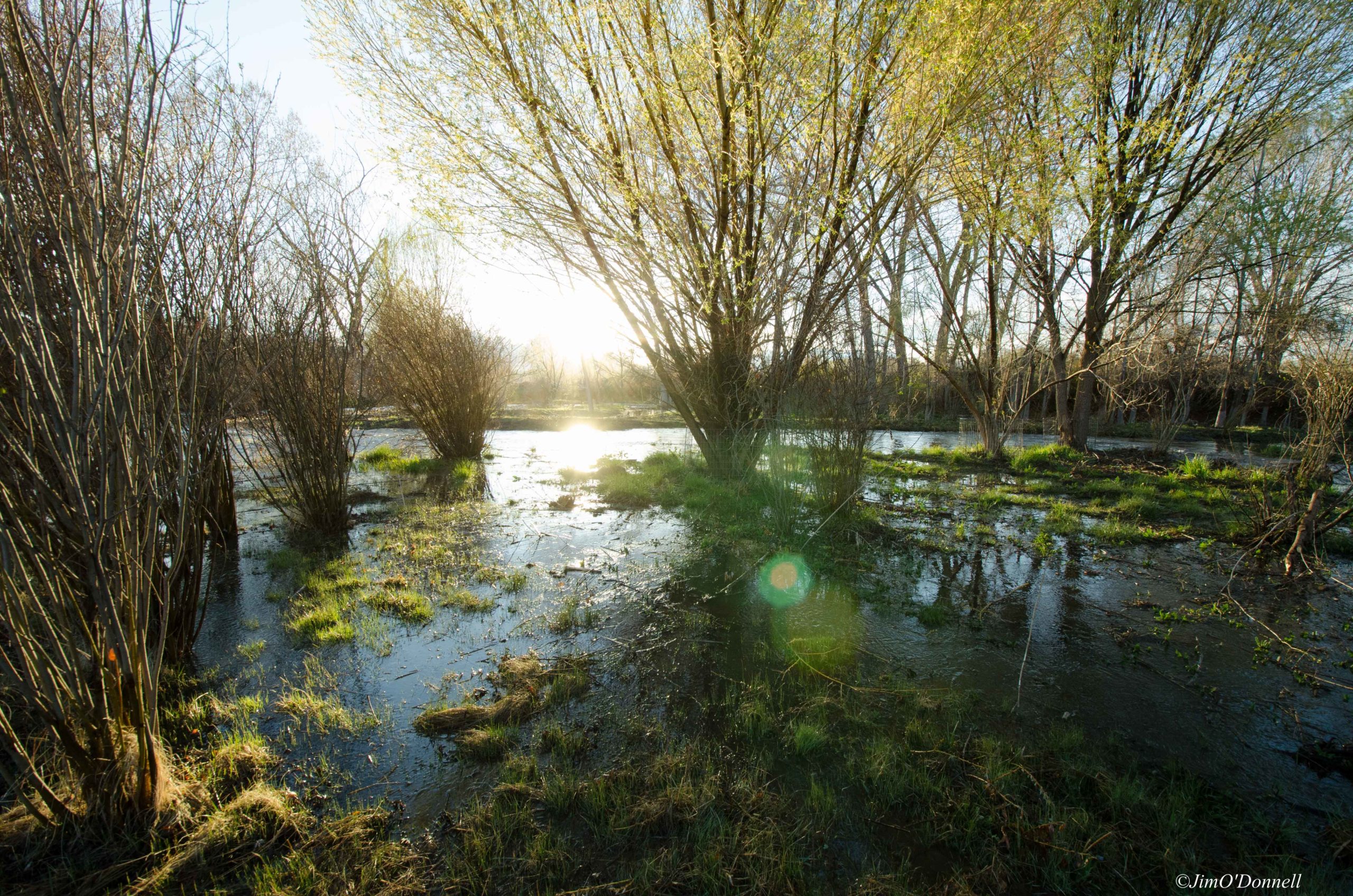
Taos Land Trust (New Mexico) $5,000
The Taos Land Trust (TLT) in Taos, New Mexico is continuing conservation work on critical riparian habitat along the Rio Fernando, restoring the second-most abundant bird habitat of the Upper Rio Grande watershed. Taos Land Trust has been building the 20-acre Rio Fernando Park into a public demonstration and educational platform for community conservation since 2018. According to eBird, the Rio Fernando Wetlands hotspot includes 180 species, including 12 Species of Greatest Conservation Need as identified in the New Mexico State Wildlife Action Plan. These include documented sightings of the threatened or endangered Southwestern Willow Flycatcher, Yellow Billed Cuckoo, and Lewis’ Woodpecker as well as nine other species of concern. With support from the Cornell Lab, TLT will develop monitoring methodology, collect baseline data, host workshops on eBird and backyard habitat improvement, and engage community members needed to launch a focused, partner centric, regional bird habitat conservation initiative through the Bird Conservation in the Rio Fernando Corridor project. This effort will help build Rio Fernando Park into a demonstration site showcasing bird habitat management and providing outreach opportunities to teach eBird and restoration techniques through events and workshops for private landowners, next-generation birders, and all of our communities in northern New Mexico. “In the long-run we’d like to see much of the Rio Fernando corridor function as a vibrant riparian ecosystem with Rio Fernando Park as the centerpiece,” says Jim O’Donnell, Communications Coordinator for the Taos Land Trust. “This partnership will help us outreach to other landowners along the river and to connect protected habitats.”



